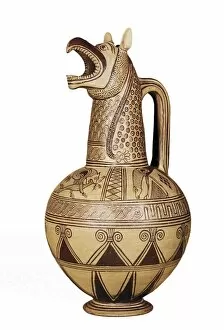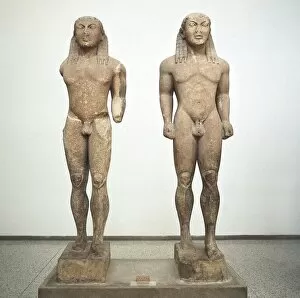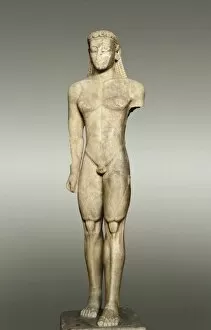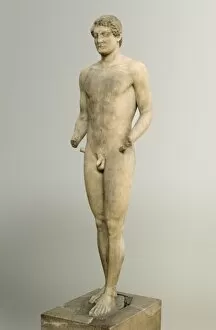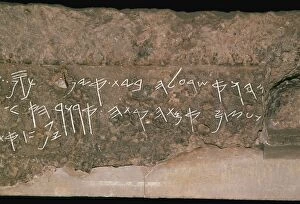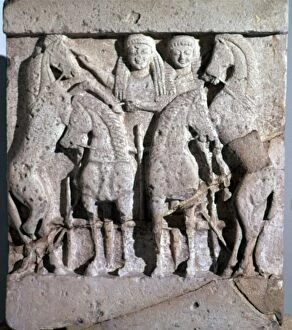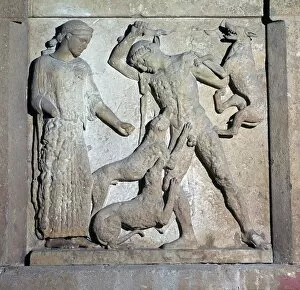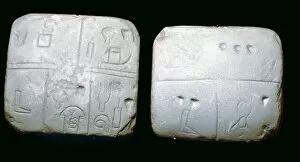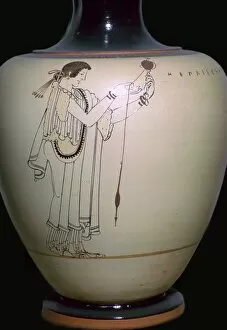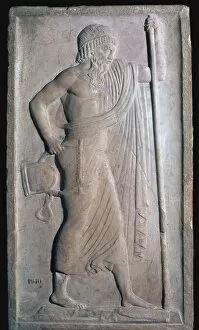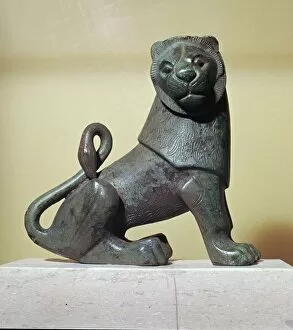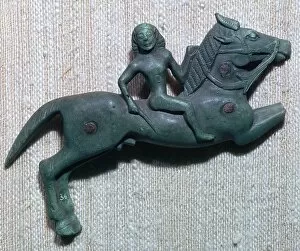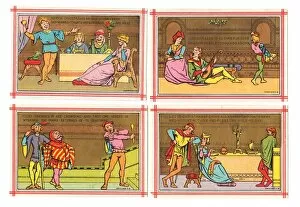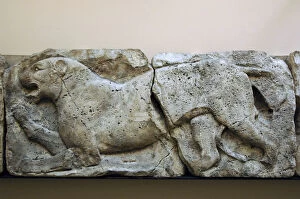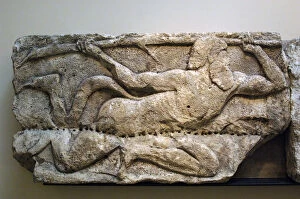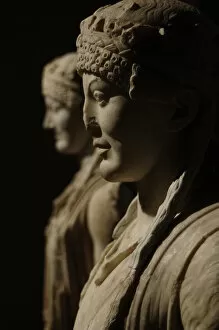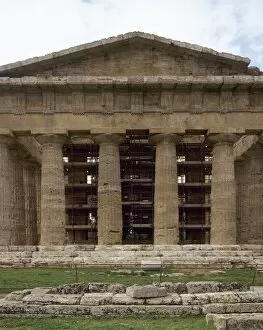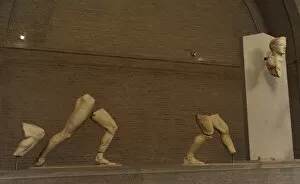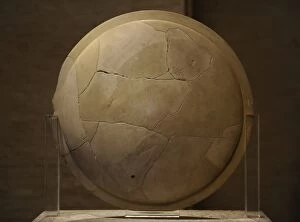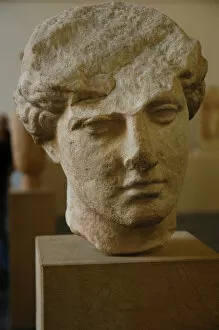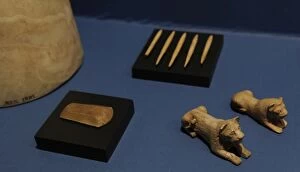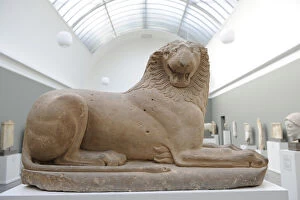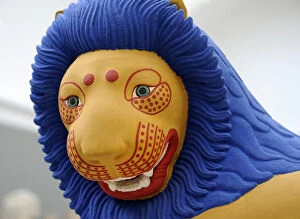Archaic Collection (#7)
"Exploring the Timeless Beauty Art: From Phoenician Busts to Terracotta Jars" Step into a world where ancient civilizations come alive through archaic art
For sale as Licensed Images
Choose your image, Select your licence and Download the media
"Exploring the Timeless Beauty Art: From Phoenician Busts to Terracotta Jars" Step into a world where ancient civilizations come alive through archaic art. Discover the enigmatic allure of SOSIAS, an artist whose works have captivated generations. Marvel at "The Archaic Artemis, " a masterpiece that transports you back to Cyprus in the 6th century B. C. Immerse yourself in the epic battle between Athena, Hector, and Achilles, depicted with astonishing detail on a timeless canvas. Encounter the Sphinx of Naxos, its mysterious gaze captivating all who dare to look upon it. Delve into the intricate details of a horse's head from the Vix Krater's frieze – each stroke telling a story of strength and grace. Stand before a funerary kouros base adorned with six athletic figures frozen in eternal motion. Witness history unfold on a terracotta Panathenaic prize amphora jar – an exquisite relic celebrating victory and honor. Admire Cycladic relief artwork depicting Potnia Theron, showcasing ancient beliefs intertwined with artistic brilliance. As we shift our focus beyond art, Tower Bridge emerges as an architectural marvel standing tall over London's River Thames. Explore its Southern Main Pier and Northern Main Pier masonry superstructures – testaments to human ingenuity spanning centuries. Finally, gaze upon Tower Bridge's Middlesex Abutment on its west side – an enduring symbol connecting past and present in one grand structure. Archaic art transcends time; it speaks volumes about our shared humanity across millennia. Let these hints guide you through this mesmerizing journey into antiquity - where beauty meets history in perfect harmony.

